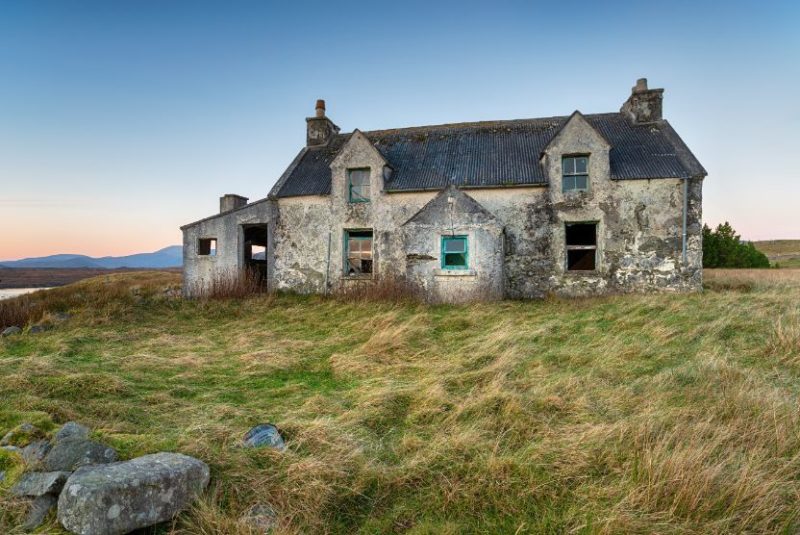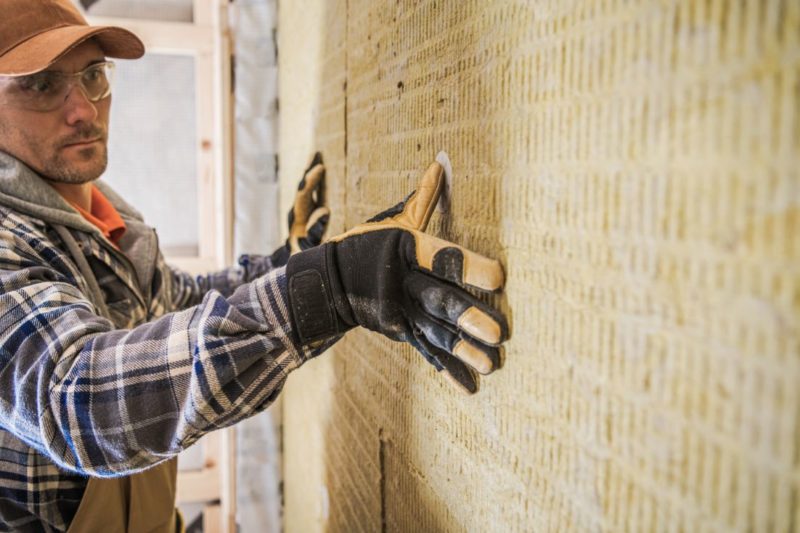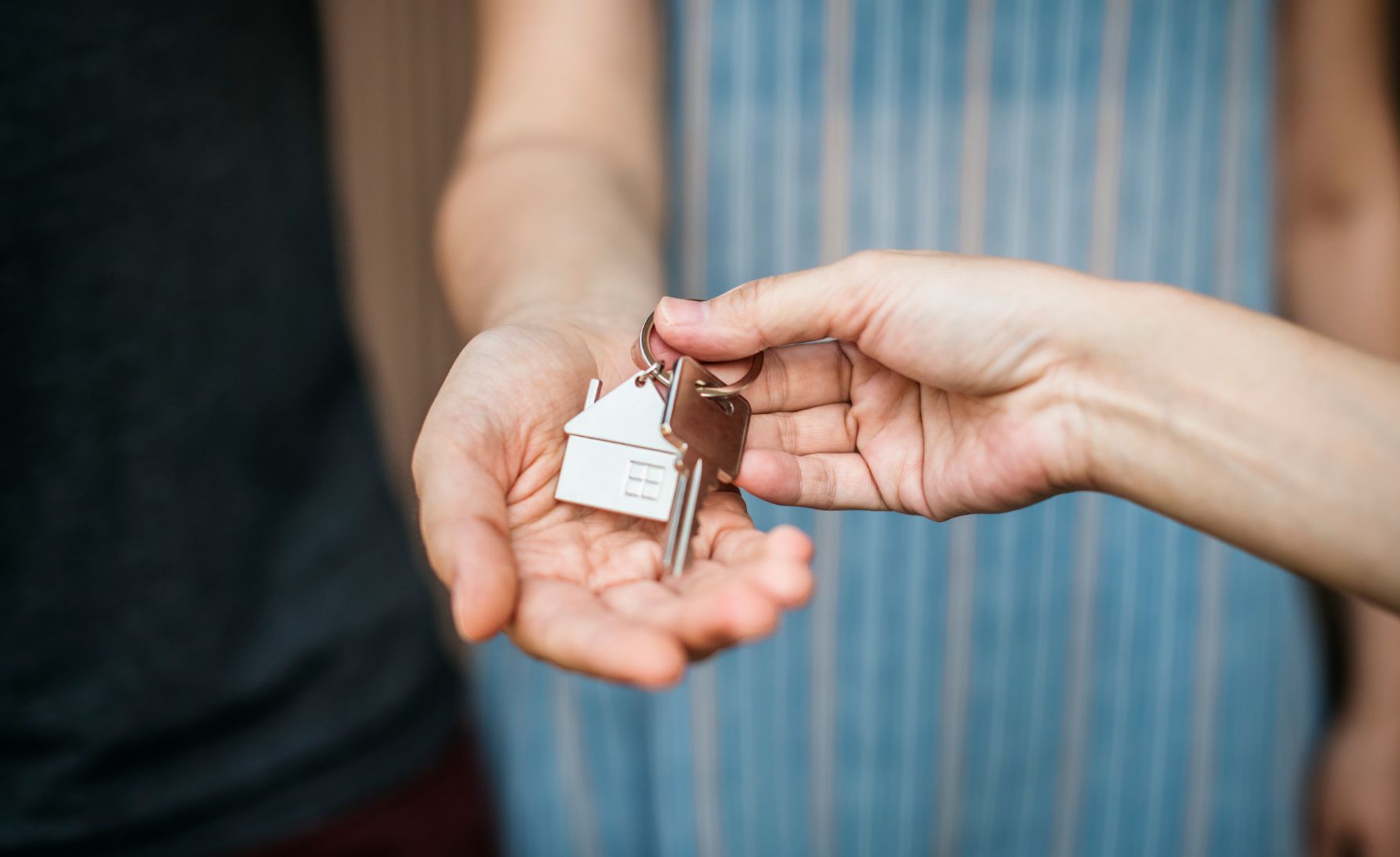Last Updated on February 29, 2024
If you think buying an old house is a risk, owning to problems it may suffer from, think again. Old houses are selling like hotcakes. If the National Association of REALTORS data is anything to go by, 5.34 million existing homes were sold in 2018.
In contrast, only 667,000 newly constructed houses were put on the block the same year, as per the US Census Bureau.
This indicates not only the buyers’ preference for old homes but also their easy availability. 13.5 percent of the homes in the US were built before the 1940s and 19 percent before the 1950s. Little wonder the old-world charm of such houses acts as a magnet for buyers.
However, when buying an old home, never throw caution to the winds. There are things you must know and look for before sealing the deal.
#1 How old is the house?
This is the first question you need to ask the seller. This will indicate the problems prevalent at that time it was constructed. Old homes may contain asbestos in insulation, lead pipes, lead paint, and the like.
Asbestos is known to up the risk of cancer and cause respiratory problems, whereas lead pipes and paint may lead to lead poisoning. Hiring an asbestos removal team and getting rid of lead paint may prove expensive.
#2 Is the house vacant for a long time?

If an old house has remained empty for long, chances of its not having been maintained properly cannot be ruled out. It may be saddled with myriad problems due to old age that may range from all kinds of infestations to problems with heating and air conditioning. So, check for how long the house had been vacant and engage inspectors to inspect it in detail.
#3 Is the house priced below the market price?
Don’t start thumping your back, if you find an old house at a suspiciously low price. It may not be selling at the market price for some reason. So, do your research well to find out the reason for its not listed at the market value.
You may get such information from your realtor, seller’s agent, previous inspection reports, and others.
#4 What is the condition of floors, walls, and roof?

The floors and walls can tell much about the foundation of the house as a whole. The common indicators are water damage due to faulty plumbing, peeling wallpaper due to collection of moisture and poor air circulation, cracks along the walls, warped floors, jamming due to bloated doors and windows, and many other telltale signs. The roof may suffer from clogged gutters, rusted flashes, and jutting nails.
#5 Is there any sign of mold, mildew, and other infestations?
If the inside of an old home reeks of musty old air, it is indicative of mold, mildew, and animal infestations. Look for black mold, since it is most toxic. It not only produces a strong, lingering musty odor but also leaves black spores along the walls and floors.
This is a major health hazard. Also, look for animal infestations, such as brown or black droppings in the attic, basement, and cabinets, as also odd, stale smell emanating from moist surroundings and even scratching and scurrying due to the presence of rodents. Termite infestation is another severe problem that you should look for.
#6 What is the condition of home insulation?

Old homes require more insulation since avenues of heat loss are many. This may prove expensive. So, look for the kind of insulation the old home possesses and, if it is not up to the mark, be prepared to beef it up out of your pocket by budgeting for it.
#7 Is a water filtration system required for the home?
Many old homes depend upon well water. This water is usually stagnant and may have a peculiar rotten egg stench due to the excess of sulfur in the water. To make the water reusable, spend on a good water filtration system, which may not be cheap.
Conclusion
Buying an old home has its pros and cons, so it is best to go by the opinion of professional real estate agents. To this end, Upnest is one of the leading real estate companies that have experts dealing exclusively in buying and selling of old homes.

